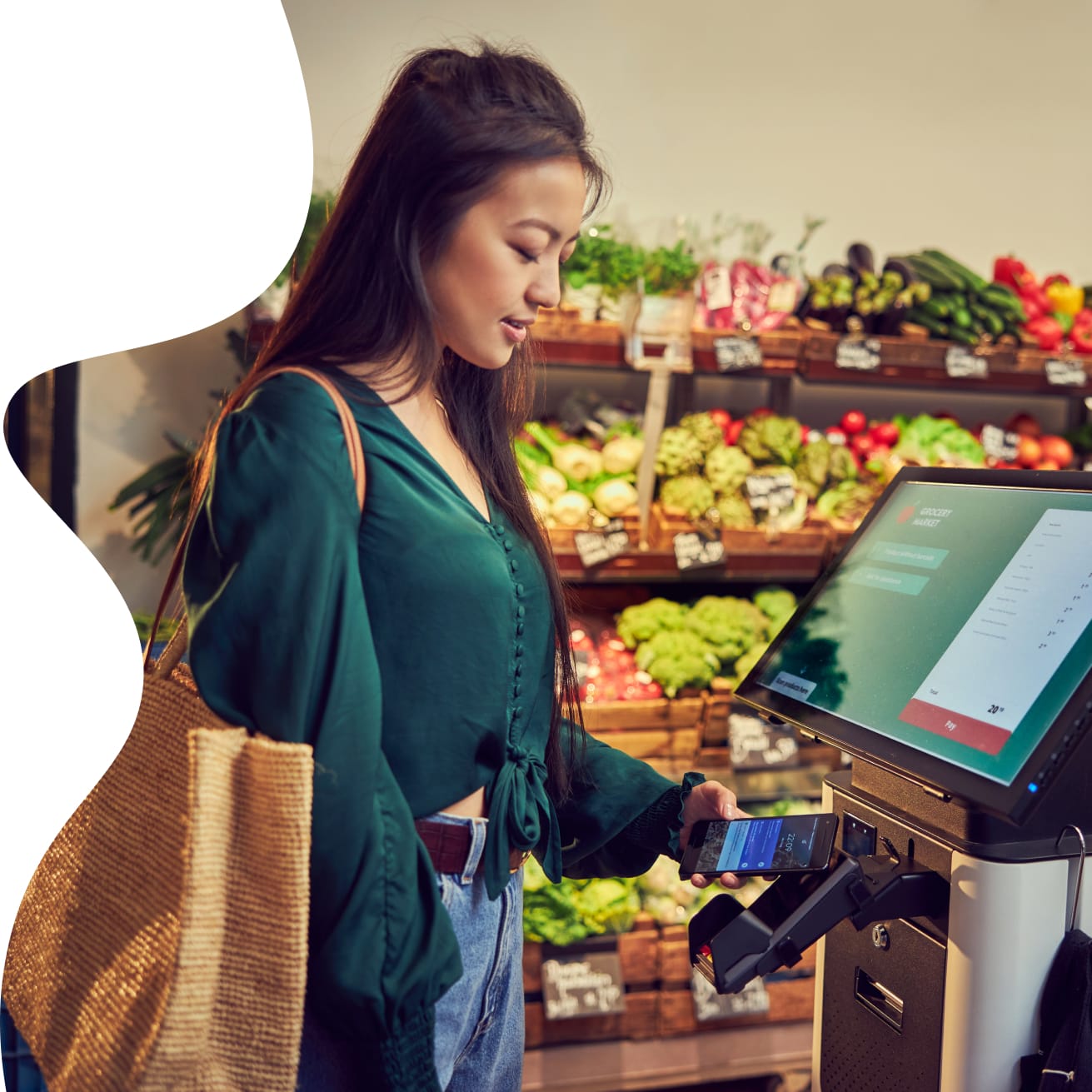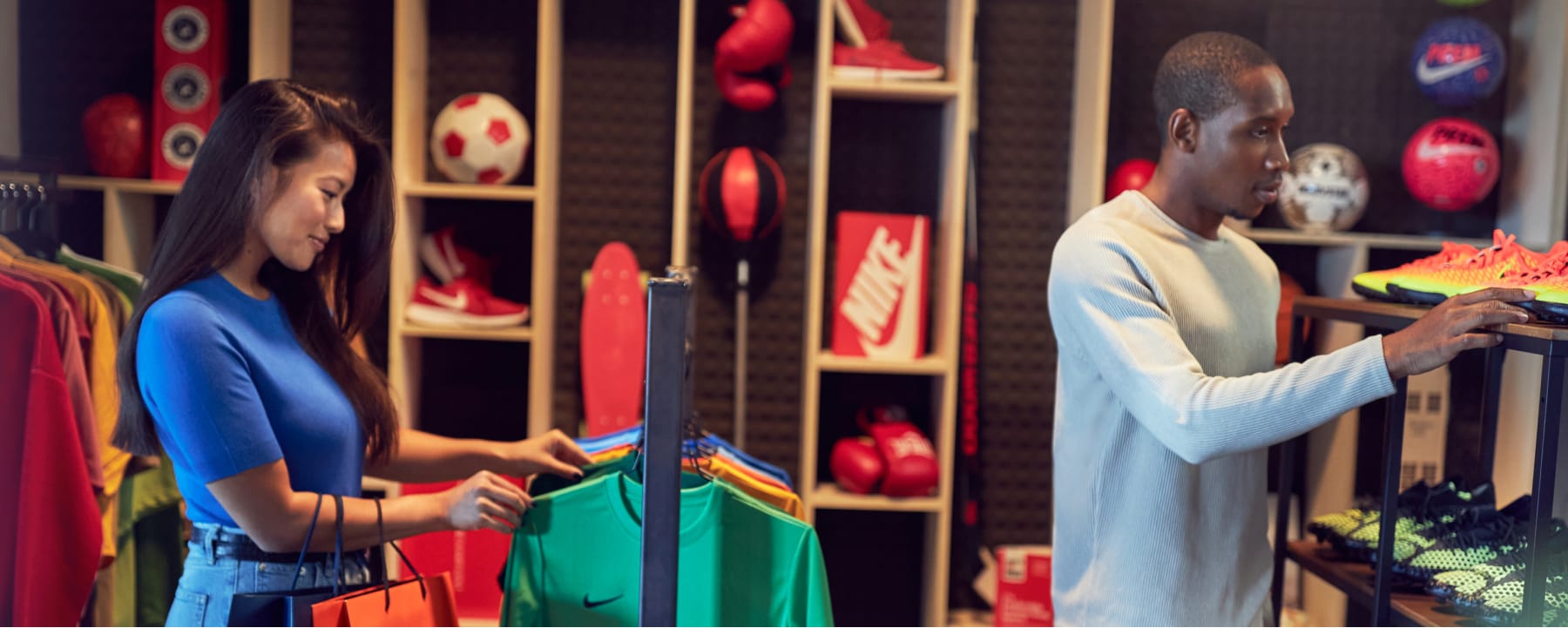Adyen Agility Report Hong Kong ~ Chapter One
Shifting sands Sales channels in flux

Over the centuries, pandemics have accelerated changes in human behavior. The Black Death dealt a heavy blow to the feudal system and raised labor wages. The Boston Smallpox Epidemic gave rise to the free press. And SARS propelled online shopping into the mainstream. The long-term impact of the coronavirus remains to be seen, but already it’s been a catalyst for change.
While formal closures of shops were avoided, footfall was greatly impacted as people were encouraged to work from home; at the same time, gyms and recreational spaces were closed and curfews imposed to limit visits to bars and restaurants. The lack of tourists exacerbated this impact, so very few businesses will have passed unscathed through the upheaval of the pandemic. But those with the ability to react fast have been more resilient.
A critical survival factor during pandemic peaks was the ability to pivot to selling online. Fortunately, this is what many retailers did, adapting their businesses to fit with new demands. 42% of consumers said they shopped online more during the pandemic and 57% said that retailers used technology well to make their products available during the pandemic, although this dropped to 48% for F&B.
The worst casualties have been amongst those businesses that were unable to adapt to sell across channels during the pandemic. The illustration below/opposite/above shows globally how businesses with strong online offerings have fared much better.
Online readiness vs impact of pandemic on retail sales
Increased resilience with unified commerce
The businesses that consistently perform the best are those that can combine their physical and digital worlds to create a fluid, channel-agnostic experience which prioritizes the customer. This is unified commerce. And our data has revealed it to be a critical success driver. It helped to stabilize sales during the pandemic by offsetting lost in-store transactions with an increase in ecommerce. And the more channels your shoppers use, the higher their value to you.
Data from the Adyen payments platform
Globally, 50%* of unified commerce retailers saw transactions remaining consistent during the pandemic.
*Analysis of anonymized data from Adyen’s global payment platform comparing unified commerce performance in Q1 2019 with Q1 2020.
Globally, in-store shoppers spent 40% more when they moved online during the pandemic.
To demonstrate the value of unified commerce, Cebr modelled what would happen to the economy if more retailers adopted the approach. Using the United Nations’ UNCTAD index to assess various markets’ unified commerce readiness, the analysis found that a five-point increase on the index was associated with 2.6% better retail sector performance during the pandemic, accounting for lockdown stringency. This equates to an HK$11.2 million improvement in retail turnover in Hong Kong. For F&B, a five-point increase in the unified commerce preparedness was associated with a seven-unit improvement during the pandemic, estimated at more than HK$582 million.
The surge of ecommerce during peak pandemic periods has been well reported. Even the technically-timid late adopters have joined the party – 41% of Hong Kongers over the age of 55 said they shopped online more during the pandemic. And with the prevalence of one-click payment options, ecommerce newbies need only enter their card and address details once to unlock the joys of hassle-free online shopping.
A growing enthusiasm for ecommerce hasn’t lessened the demand for physical experiences. In fact, the majority of consumers (72%) across age groups said they’re looking forward to shopping in store again. 71% also said they will shop more with retailers nearby because they want them to stay open.
The magic lies in harnessing the best of both worlds to both satisfy and enchant your customers. So they can enjoy the speed and convenience of ecommerce, coupled with the pleasure of visiting a beautifully presented store. And given population density, Hong Kong is particularly well suited to this unified commerce approach.
Want to explore how unified commerce can help your business?
“Covid-19 has certainly hit the international retail industry hard, especially brick-and-mortar stores – some of which have had to shutter amid lockdowns and the implementation of social distancing measures. As people stayed at home, we observed a massive shift towards online shopping as consumers started to experiment and become more comfortable with ecommerce.”
Rostin Javadi ~ Chief Operations Officer, ZALORA
% that shopped more online during the pandemic than they did previously
% that look forward to shopping for pleasure again
Global
33%
55%
Europe
30%
52%
US
36%
58%
APAC
36%
68%
Hong Kong
42%
72%
“We also noticed that customer behaviours have changed, and their demands have pivoted towards essential items, as well as home and lifestyle products. Leveraging our strong pool of data insights and our sophisticated supply chain network, we launched our first Essential Supplies category in just 72 hours - offering food, personal care products and pharmaceuticals. Further, as we have observed a spike in demand for value-for-money, quality pieces, we rolled out our new Luxury category in late September in Singapore, Malaysia, Hong Kong and Taiwan, enabling consumers to purchase from a wide variety of premium and luxury brands.”
Rostin Javadi ~ Chief Operations Officer, ZALORA
Looking further afield: Online shoppers and in-store lovers
Hong Kong saw one of the more pronounced changes to shoppers’ behavior during the pandemic.
42% of shoppers in Hong Kong said they shopped online more during the pandemic, second only to Singapore with 49%. This is compared with the global average of 33% and 27% of Australians. Looking forward, 47% of Hong Kongers said they will shop online more often as a result of the pandemic, compared with 54% in Singapore, 33% of Australians, and the global average of 36%.
For F&B, 45% of Hong Kongers and 62% of Singaporeans used food delivery apps more often in the pandemic, compared to 27% of Aussies and Brits, 28% of Americans, and the global average of 31%.
Despite the shift to online, people in Hong Kong, more than any other location, can’t wait to return to physical stores. 72% of Hong Kongers, and 72% of Singaporeans said they’re looking forward to shopping in store for pleasure again, compared to 63% of Australians and 55% globally. In fact, two-thirds of Hong Kong consumers prefer to shop in a physical store, second only to Australia (72%), while the global average is 58%.
Although a majority of Hong Kongers still prefer shopping in a physical store, it is weighted towards the older generations. 76% of those over 55 preferred shopping in-store compared to 56% of those aged 18-34. However, people in Hong Kong are more united in their desire to return to physical stores. 71% of those aged 18-34 and 76% of those over 55 are looking forward to this.
“To see the level of positive feedback we’ve had from new and returning customers when we went the extra mile, particularly through what has been a really stressful time, really highlights the value in creating a personalized, and service-led experience online and blending those two worlds.”
Alexa Anastassi ~ Head of Digital Product, Jurlique
% of consumers that are going to shop online more than they did before the pandemic
18 - 34 yrs
67%
35 - 54 yrs
49%
55+ yrs
34%
will be eating out at their favorite restaurants now that they are open again
used takeaway apps more than they did previously


